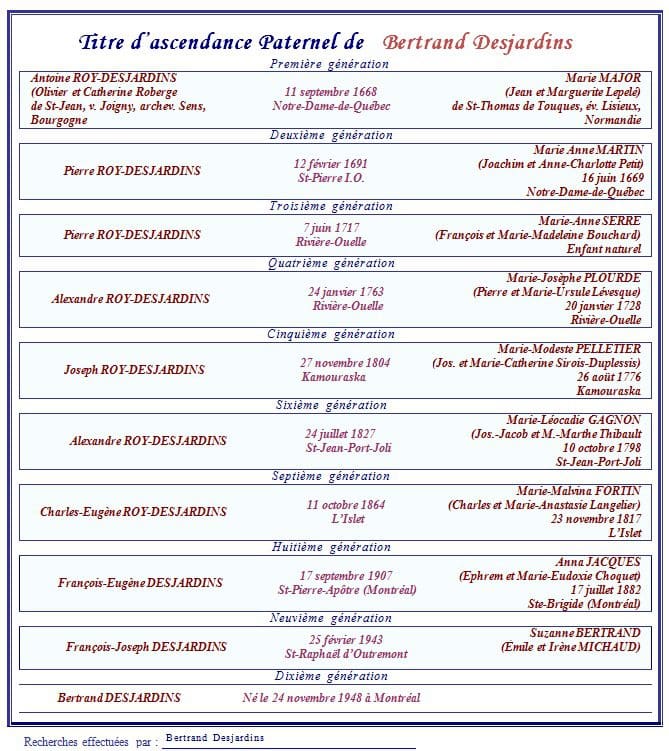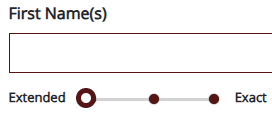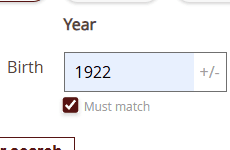
At first glance, you might assume that Genealogy Quebec is exclusively dedicated to the history of Quebec families.
In reality, the site’s mission goes far beyond the province’s borders. GenealogyQuebec.com is about tracing French-Canadian and Canadian ancestry across North America — and that includes a wealth of documents from Ontario, home to countless descendants of Quebec settlers.
If your roots stretch into Ontario, you’ll find nearly five million records and images covering the province’s rich genealogical history right here on Genealogy Quebec. Below is an overview of the Ontario material available to our members.
Discover your Ontario ancestors with full access to millions of records.
Begin your journey with a free 7-day trial to Genealogy Quebec.
Parish and Civil Records
Ontario’s birth, marriage, and death records form the backbone of genealogical research, and Genealogy Quebec offers hundreds of thousands of them in searchable and image form.
Across our collections, you’ll find 100,000+ births, 450,000+ marriages, and 140,000+ deaths from Ontario, along with 220,000 family files that group key life events and family relationships.
The Drouin Collection Records add depth with the parish registers of over 250 Ontario parishes and locations, totaling more than 290,000 digitized images, while our BMD Cards collection includes 118,000 handwritten or typewritten cards containing birth, marriage, and death information of Ontario residents.
Most of these Ontario records can be searched through Genealogy Quebec’s global search engine, with the Drouin Collection and BMD Cards available in their own dedicated sections.



Tip – Narrow your search to Ontario
When using the global search engine, you can refine your results by location using the filters on the left side of the page.
Start by selecting Canada, and choose Ontario to display only records from that region. It’s an easy way to focus your research and quickly find Ontario ancestors.
Obituaries and Headstones
Obituaries and cemetery records are essential for tracing more recent generations and uncovering family connections that parish records alone can’t reveal.
Genealogy Quebec features nearly 1.3 million Ontario obituaries, drawn from both online and newspaper sources. These obituaries often include detailed biographical information, family relationships, and even photographs, making them invaluable for documenting 20th- and 21st-century ancestors.
Complementing these are over 42,000 headstone photos from Ontario cemeteries, providing an enduring record of burial sites and family links.
All of these collections can be searched through Genealogy Quebec’s global search engine.



1881 Ontario Census
The 1881 Ontario census on Genealogy Quebec includes over 1.9 million indexed individuals, providing a detailed snapshot of the province’s population at the time. These records capture information on age, birthplace, language, religion, and place of residence — essential data for situating your ancestors in their historical context.
You can search the entire 1881 census through Genealogy Quebec’s global search engine and cross-reference results with other Ontario collections to expand your family history research.
Other Historical and Genealogical Documents
Beyond parish records, obituaries, and censuses, Genealogy Quebec also offers a variety of unique Ontario sources that bring additional depth to your family research.
Within the global search engine, you’ll find over 1,100 notarized contracts, offering insights into property transactions, agreements, and other civil matters that help flesh out family histories.
Outside the main search engine, the Drouin Miscellaneous Collections include several Ontario-focused archives:
- Généalogie Saint-Laurent – 64,000+ images featuring obituaries, family genealogies, repertories, and wedding photographs.
- The Chesterville Record – 12,000+ digitized pages from a historical Ontario newspaper.
- Cornwall Directory (1973–1980) – 1,700+ pages documenting local residents and businesses.
- Great Ottawa and Hull City Directories (1875–2000) – coming early 2026, a collection of over 150,000 images of directories covering the Ottawa–Hull region.
Together, these archives highlight Ontario’s cultural and genealogical richness and make Genealogy Quebec a one-stop destination for discovering the province’s past.



Why Ontario Matters in French-Canadian Genealogy
French-Canadian presence in Ontario dates back to the 17th century, when explorers, missionaries, and fur traders from New France traveled along the Ottawa River and the Great Lakes. Permanent French-Canadian settlement, however, developed mainly in the late 18th and 19th centuries, as families from Quebec moved westward in search of farmland and work in forestry, mining, and railway construction. These movements established enduring Francophone communities in regions such as Ottawa, Sudbury, and Hearst, which remain culturally vibrant today.
Historically, the border between Ontario and Quebec was far less rigid than it is today. Many individuals who believed they lived “in Quebec” were, in fact, residing in areas that are now part of modern Ontario. Exploring Ontario records on Genealogy Quebec helps reconnect these intertwined histories — tracing French-Canadian families on both sides of a border that was once much more fluid.
Accessing Ontario Records on Genealogy Quebec
Most Ontario genealogy records mentioned above can be searched directly through Genealogy Quebec’s global search engine, while others are available in their own dedicated sections elsewhere on the site. Through the search engine, you may perform free searches — results will show limited details, giving you a glimpse of the records available before subscribing.
To access full record details and explore millions of Ontario and French-Canadian documents in depth, start your free 7-day trial at GenealogyQuebec.com.





































